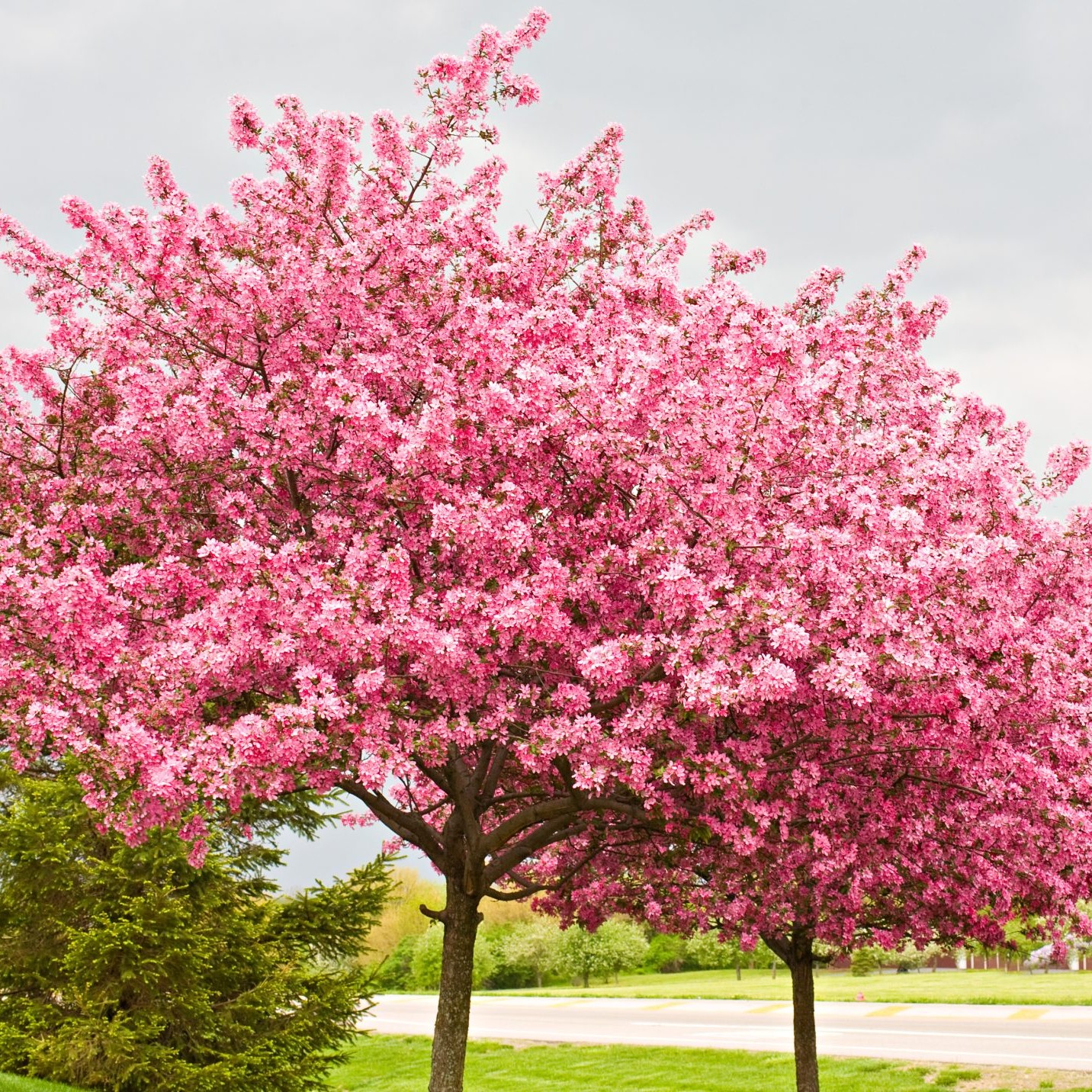Each year, as spring rolls around, many seasonal allergy sufferers lament, “Maybe I should just move to Alaska!” Warm weather arrives, the trees bud, the flowers bloom — and noses burst with sniffles and irritation. Then just as the allergic reactions of April and May have become a memory, fall hits, and it’s ragweed season. So can you relocate to escape your allergies? Most allergists would say no: Moving is no solution to seasonal allergies. But there are cities that are more “allergy-friendly” than others, according to the Asthma and Allergy Foundation of America.
The foundation puts out lists each year for the worst cities for spring allergies, and the worst cities for fall allergies. Each list ranks 100 metropolitan areas. Cities are scored based on a combined ranking of pollen score, number of people who use allergy medication, and number of allergy specialists.
The list doesn’t label them “best” or “worst,” but does say that some cities are ”the most challenging places to live” with allergies. On this list, a low ranking is good! Here are the cities that ranked 90 through 100 on the foundation’s spring allergy capital list in 2010:
1. Portland, Ore.
2. Seattle, Wash.
3. San Diego, Calif.
4. Sacramento, Calif.
5. Albany, NY
6. Salt Lake City, Utah
7. Stockton, Calif.
8. San Jose, Calif.
9. Colorado Springs, Colo.
10. Daytona Beach, Fla.
Most of the best 10 cities are pretty temperate, with few dramatic seasonal weather swings. Albany, N.Y. — the only Northeast city to make the list — has long cold seasons and lake-effect snow, meaning shorter pollen cycles.
What Makes a Place Allergy-Friendly? What if your city’s not on the list? How can you tell if you live in an “allergy-friendly” place, other than walking outside and sniffing the air?
There are a few key factors that affect seasonal allergies.
Pollen Count
For people with seasonal allergies, it’s pretty simple: In general, the more pollen in the air, the more symptoms you may experience. Many people have symptoms when pollen counts are 20-100. However, your symptoms can be affected by recent exposure to other allergens, the intensity of pollen exposure, and your own sensitivity.
So if your allergies are making you miserable, wouldn’t it make sense to move to Anchorage, or at least to Buffalo? “You might be exposed to a lot less pollen, that’s true,” says James Sublett, M.D., FACAAI, a clinical professor and the section chief of pediatric allergy at the University of Louisville School of Medicine in Kentucky. Louisville is perennially named one of the worst places to live with seasonal allergies. “But unless you live in an extreme climate, there will be some pollen.”
And even if you do live, say, in Alaska, you might be just trading one type of pollen for another – like outdoor mold.
Geography
Mountainous areas are often considered less allergy-prone than valleys. Note Salt Lake City and Colorado Springs are on the top 10 list. The Mountain West usually has much lower pollen counts than the Southeast and Midwest, because it doesn’t have the large expanses of wild grasses that can kick up pollen. But in spring 2010, people with allergies in Mountain West states like Idaho were complaining of one of the worst allergy seasons in years.
Living near the ocean is also considered a good allergy precaution, as the ocean breezes tend to blow allergens away. That’s probably why Portland, Seattle, and San Diego did so well on the list.
Weather. It’s six of one, half dozen of the other with this factor. Moist, humid air — like the kind you find in the southeastern U.S. — can be very pollen-friendly. So areas where the air is drier, like the Mountain West, may provoke fewer allergic reactions. On the other hand, dry air dries out your nasal passages.
City vs. Country
If you have seasonal allergies, you might think you’d be better off living in the city, away from all the crops, grasses, flowers, and other allergen magnets found in the countryside. But you might be surprised, says Sublett.
“In the city, you have a lot of allergy triggers like pollution, particularly diesel particulates,” says Sublett. “And you may inhale just as much pollen or ragweed from weeds and plants growing along the curbs and in vacant lots.”
No matter how appealing it may sound, moving to Portland or Seattle — or the North Pole — isn’t the solution to your allergy problem, says Sublett. “You might temporarily have some relief, but as you live in a new place for awhile, someone who has a tendency toward seasonal allergies will start developing sensitivities to that area’s outdoor pollen, and every part of the country has certain pollen that tend to be a problem at particular times of the year.”
So instead of packing up your moving boxes, pack up your seasonal allergy tool kit with as much information as you can about the seasonal allergies you have and how you can manage them right where you are. Start with a visit to an allergy specialist. “Focus on doing what you can to make where you’ve living the best it can be for your allergies,” Sublett says.
SOURCES:
WebMD Feature
Article by Kathleen Doheny
Asthma and Allergy Foundation of America web site: “Allergy Capitals, Fall 2010.”
James Sublett, MD, FACAAI, clinical professor and section chief, pediatric allergy, University of Louisville School of Medicine; managing partner, Family Allergy and Asthma, Louisville, Kentucky. Telephone interview, Dec. 2, 2010.
The American Academy of Allergy, Asthma & Immunology web site: ” Media Resources: Pollen Q&A.”
Reviewed by Brunilda Nazario, MD on December 17, 2010
###
You may also be interested in . . .
Oral Allergy Syndrome
Delicious, ripe, mouthwatering fruits and vegetables are more plentiful during these summer months. However, that that summer breeze may carry more than…
Earth Day and Climate Change Effects
Earth Day is this Friday, April 22nd. Earth Day is truly a mainstay in American culture, created by Past-President Richard Nixon. This year the Earth Day…
Botanical Sexism: Does it impact allergy sufferers?
What is Botanical Sexism? Tom Ogren, horticulturist and allergy researcher, has done extensive research on ways to reduce pollen counts and pollen…



